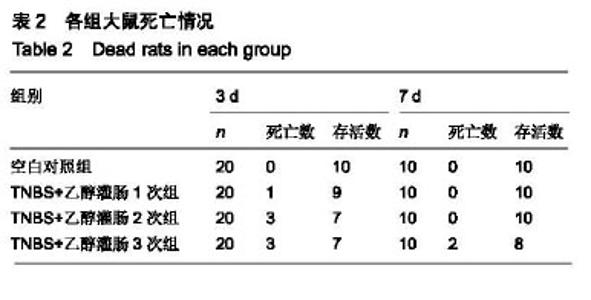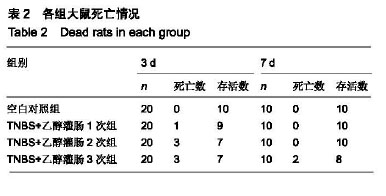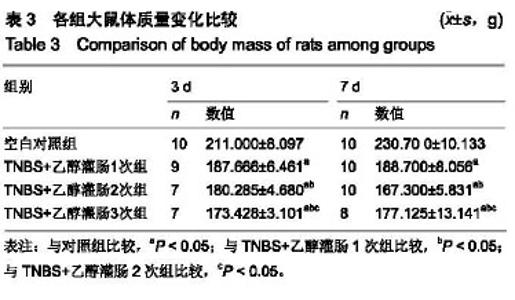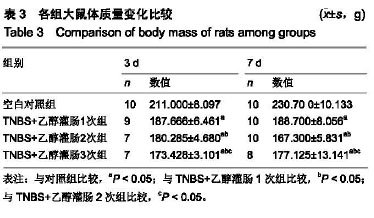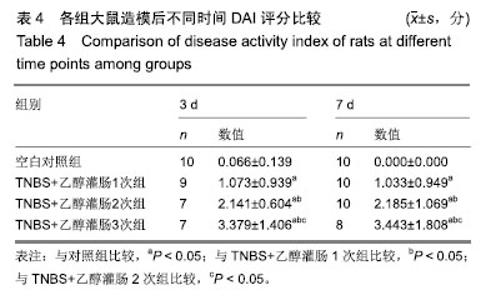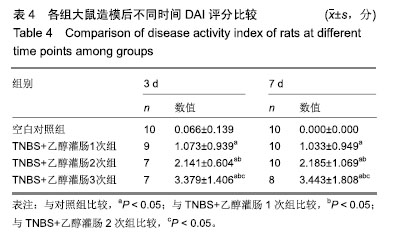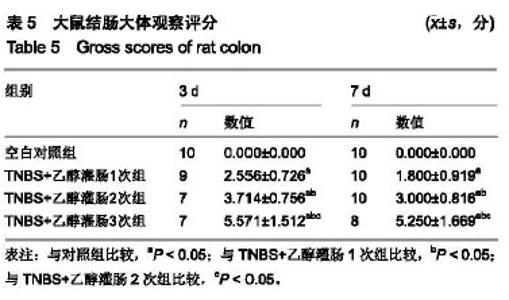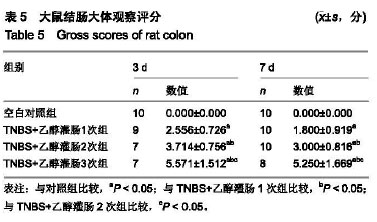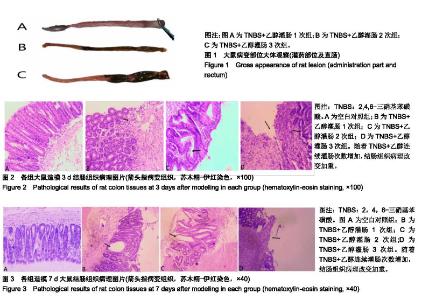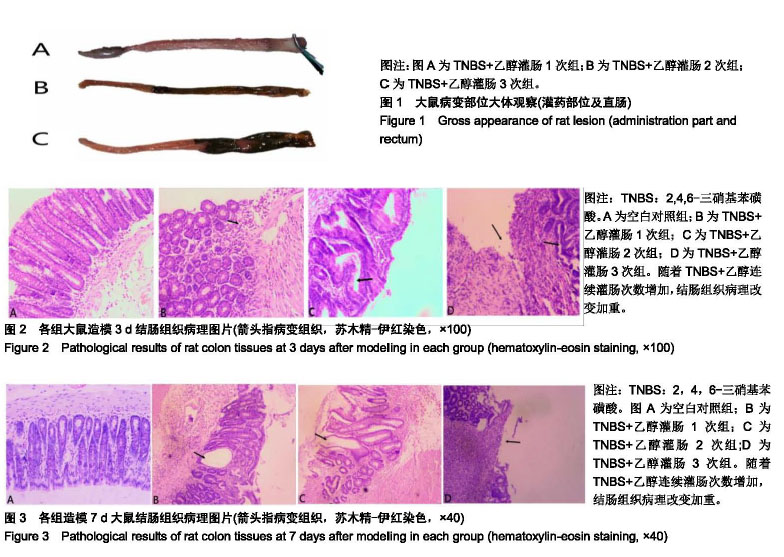| [1]Peyrin-Biroulet L, Cieza A, Sandborn WJ, et al.Development of the frst disability index for infammatory bowel disease based on the international classifcation of functioning, disability and health.Gut.2012;61:241-247. [2]Torres J,BillioudV,SacharDB,etal.Ulcerative colitis as a progressive disease:the forgotten evidence.Infamm Bowel Dis.2012;18:1356-1363. [3]Lautenschlaer C, Schmidt C, Fischer D, et al.Drug delivery strategies in the therapy of inflammatory bowel disease.Adv Drug Deliv Rev.2014;71:58-76.[4]RutterM,SaundersB,Wilkinson K, et al.Severity of infamma-tion is a risk factor for colorectal neoplasia in ulcerative colitis.Gastroenterology.2004;126:451-459.[5]Gupta RB,HarpazN,ItzkowitzS,etal.Histologicinfammation is a risk factor for progression to colorectal neoplasia in ulcerative colitis: a cohort study. Gastroenterology. 2007;133: 1099-1105.[6]So J, Tang W, Leung WK, et al.Cancer Risk in 2621 Chinese Patients with Inflammatory BowelDisease:A Population-based Cohort study.Inflamm Bowel Dis.2017;23(11):2061-2068.[7]中华医学会消化病学分会炎症性肠病学组.炎症性肠病诊断与治疗的共识意见(2012年广州)[J].中华内科杂志, 2012,51(10): 818-831.[8]中国中西医结合学会消化系统疾病专业委员会.溃疡性结肠炎中西医结合诊疗指南(草案)[J].中国中西医结合消化杂志, 2011, 19(1):61-65.[9]申睿,刘苗,朱向东,谈望晶.溃疡性结肠炎大鼠实验模型研究进展[J].中华中医药杂志,2018,33(9):3998-4001. [10]郑文潇,吴翔.溃疡性结肠炎动物模型的研究进展[J].中国病原生物学杂志,2016,11(9):861-864+867.[11]Morris GP, Beck PL, Herridge MS, et al. Hapten-induced model of chronic inflammation and ulceration in the ratcolon. Gastroenterology.1989;96:795-803.[12]贺海辉,沈洪,朱宣宣,等.2,4,6-三硝基苯磺酸/乙醇法诱导建立溃疡性结肠炎大鼠模型[J].中国老年学杂志, 2015,35(15): 4138-4140.[13]Joo M, Kim HS, Kwon TH, et al.Anti-inflammatory effects of flavonoids on TNBS-induced colitis of rat.Korean J Physiol Pharmacol.2015;19(1):43-50.[14]BrennaØ, Furnes MW, Drozdov I, et al.Relevance of TNBS-colitis in rats:a methodological study with endoscopic,histologic and transcriptomic characterization and correlation to IBD.PloS One.2013;8(1):e54543.[15]王炳芳,王迎新,王晓蕾,等.已酮可可碱对溃疡性结肠炎治疗作用及其机制[J].第四军医大学学报,2007,28(13):1196-1198.[16]Korn T,Bettelli E,Gao W,et al. IL-21 initiates an alternativepathway to induce proinflammatory T(H)17cells. Nature.2007;448(7152):484-487.[17]Butzner JD, Parmar R, Bell CJ, et al. Butyrate enema therapy stimulates mucosal repair in experimental colitis in the rat. Gut.1996;38(4):568-73.[18]中华医学会病理学分会消化病理学组筹备组.中国炎症性肠病组织病理诊断共识意见[J].中华病理学杂志, 2014,43(4): 268-274.[19]李乃卿.中西医结合外科学[M].北京:中国中医药出版社, 2005: 671-672.[20]赵平,董蕾,罗金燕,等.DSS与TNBS诱导大鼠实验性结肠炎模型的对比研究[J].胃肠病学,2015,20(11):667-671.[21]张冰冰,齐越,贾冬,等.2,4,6-三硝基苯磺酸诱导溃疡性结肠炎大鼠模型的建立及评价[J].中华中医药学刊, 2015,33(8): 1834-1836.[22]曾于恒,杨芳,何永恒.2,4,6-三硝基苯磺酸与不同浓度乙醇诱导大鼠溃疡性结肠炎模型的建立及其稳定性评价[J].中南药学, 2017,15(12):1665-1669.[23]陈佳奇,陈村龙,王继德,等.2,4,6-三硝基苯磺酸诱导小鼠炎症性肠病模型的建立[J].中国组织工程研究与临床康复, 2007, 11(21):4174-4177.[24]钟元帅,韦日娜,孙平良,等.溃疡性结肠炎SD大鼠肠道乙酸?血清内毒素水平变化及安肠汤干预研究[J].时珍国医国药, 2018, 29(4),780-782.[25]Antoniou E, Margonis GA, Angelou A,et al. Efstathios Antoniou, GeorgiosAntoniosMargonis ,Anastasios Angelou, et al. The TNBS-induced colitis animal model: An overview. Ann Med Surg (Lond). 2016;11:9-15. |
